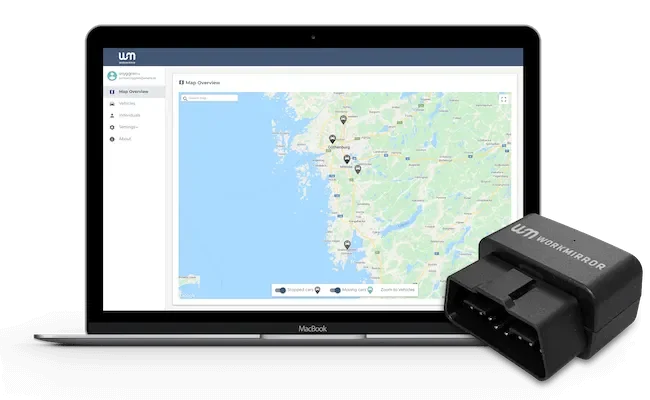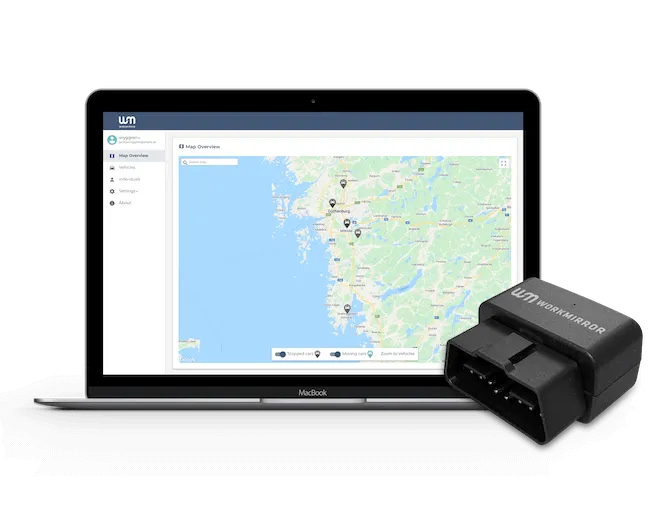
Norway Leads the Way in 2G Network Shutdown: A Strategic Move for Future Connectivity
March 1, 2024
Introduction
Norway, a nation celebrated for its pioneering approach to technology and digital innovation, is making significant strides in the telecommunications arena with its progressive shutdown of the 2G network. This move underscores Norway’s commitment to embracing next-generation technologies, paving the way for enhanced connectivity and opening new avenues for technological advancements. This article delves into the nuances of Norway’s 2G network phase-out, its implications for the telecommunications industry, and the broader impact on consumers and businesses alike. You can read more about it at Nkom.

Content
Norway’s 2G Network Shutdown: An Overview
Norway’s journey towards the shutdown of the 2G network is part of a broader strategy to optimize national spectrum resources and foster the adoption of more advanced, efficient wireless technologies. The decision to phase out 2G services reflects a global trend, as countries worldwide transition to higher-speed networks to accommodate the increasing demand for data and connectivity.
The Drive for Digital Excellence
The Norwegian government and telecommunications providers are at the forefront of this transition, recognizing the need for faster, more reliable connectivity to support a burgeoning digital economy. The shutdown of the 2G network is a calculated step towards freeing up valuable spectrum for 4G and 5G technologies, which offer superior speed, capacity, and lower latency. This strategic move is not merely about discontinuing an outdated service but is a forward-thinking approach to digital infrastructure development.
Implications for the Telecommunications Industry
The phase-out of the 2G network in Norway has profound implications for the telecommunications industry. It necessitates significant investment in 4G and 5G infrastructure, requiring operators to upgrade existing networks and deploy new technologies. However, this investment is not without its returns. The transition to more advanced networks enables operators to offer a wider range of services, attract new customers, and meet the growing demand for high-speed, reliable internet access.
Impact on Consumers and Businesses
For consumers, the shift away from 2G networks means improved mobile internet experiences, with faster download and upload speeds, enhanced call quality, and more reliable service. Businesses, particularly those reliant on IoT technologies, stand to gain from the enhanced capabilities of 4G and 5G networks. These networks support a vast array of applications, from smart city infrastructure and industrial automation to advanced healthcare services and beyond, driving innovation and efficiency across sectors.
Challenges and Opportunities
The transition away from 2G technology is not without its challenges. It requires consumers and businesses to upgrade or replace devices that are only compatible with older networks. However, this challenge also presents an opportunity for growth and development within the telecommunications sector and beyond. By embracing more advanced technologies, Norway is setting the stage for the next wave of digital innovation and connectivity.
Conclusion
Norway’s progress in shutting down its 2G network is a testament to its commitment to technological advancement and digital excellence. This strategic move not only enhances the nation’s telecommunications infrastructure but also reinforces its position as a leader in the global digital economy. As Norway continues to advance towards a fully connected future, the benefits of this transition will be felt by consumers, businesses, and the broader society for years to come.

Darin is a wonderful person. He is very nice and always willing to help out! He loves his job because it lets him share interesting things with people who want to know about new developments in the world of technology.























